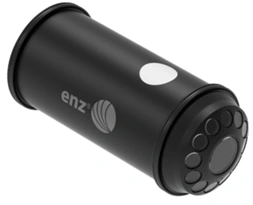Ecodesign aims to minimize negative environmental impacts throughout the entire life cycle of products and systems. The Helbling’s Development Process includes various ecodesign steps to ensure that the highest sustainability performance is achieved through the following key activities.
Environmental Impact Assessment and Target Definition: This phase involves conducting life cycle assessments (LCA) to evaluate the sustainability performance of reference products or systems. Based on the assessment, optimization targets are set to align with the company's overall sustainability goals. This is also used to evaluate new designs and assure that they have the lowest impact before they exist.
System Optimization through ecodesign: This phase encompasses innovative technical development steps and considerations aimed at either creating new systems or enhancing existing ones for improved sustainability performance.
During this process, these questions are addressed:
- What are the key environmental impacts associated with the product or system throughout its life cycle?
- How can we ensure that a product is optimal in terms of sustainability performance ?
- Are there original equipment manufacturers (OEMs) and suppliers offering more sustainable options?





